Disclosure: This article contains affiliate links. We may earn a commission from purchases at no extra cost to you, which helps our travel content.
Standing at the edge of Etosha Pan, watching my daughter's eyes widen as a herd of elephants appeared on the horizon, I knew this trip would reshape her understanding of our planet's ecosystems. As both a medical researcher studying environmental health and a dad obsessed with creating meaningful experiences, Etosha National Park offered the perfect laboratory for family adventure. This sprawling Namibian wilderness—home to four of the Big Five and countless other species—provides an accessible yet authentic safari experience that kids will remember forever. Here's how to make it happen for your family.
Planning Your Family Safari: When to Go and What to Expect
Namibia's winter dry season (May to October) is unequivocally the best time for families to visit Etosha. The sparse vegetation and animals congregating around waterholes make wildlife spotting significantly easier—crucial when traveling with impatient young explorers. July and August offer ideal viewing conditions, though they coincide with school holidays and higher prices.
As a researcher who's visited during multiple seasons, I've found that the shoulder months of May and September offer an excellent balance of wildlife density, manageable temperatures (65-85°F/18-29°C during the day), and fewer crowds. The nights get chilly (sometimes dropping to 40°F/4°C), so pack accordingly with a good kids' fleece jacket for the little ones and a travel thermos for hot chocolate during morning game drives.
Etosha spans nearly 9,000 square miles, but its well-maintained gravel roads make self-driving surprisingly accessible. The eastern side near Namutoni tends to be less crowded and offers excellent elephant viewing, while the central area around Okaukuejo is famous for its floodlit waterhole where rhinos often appear after dark.
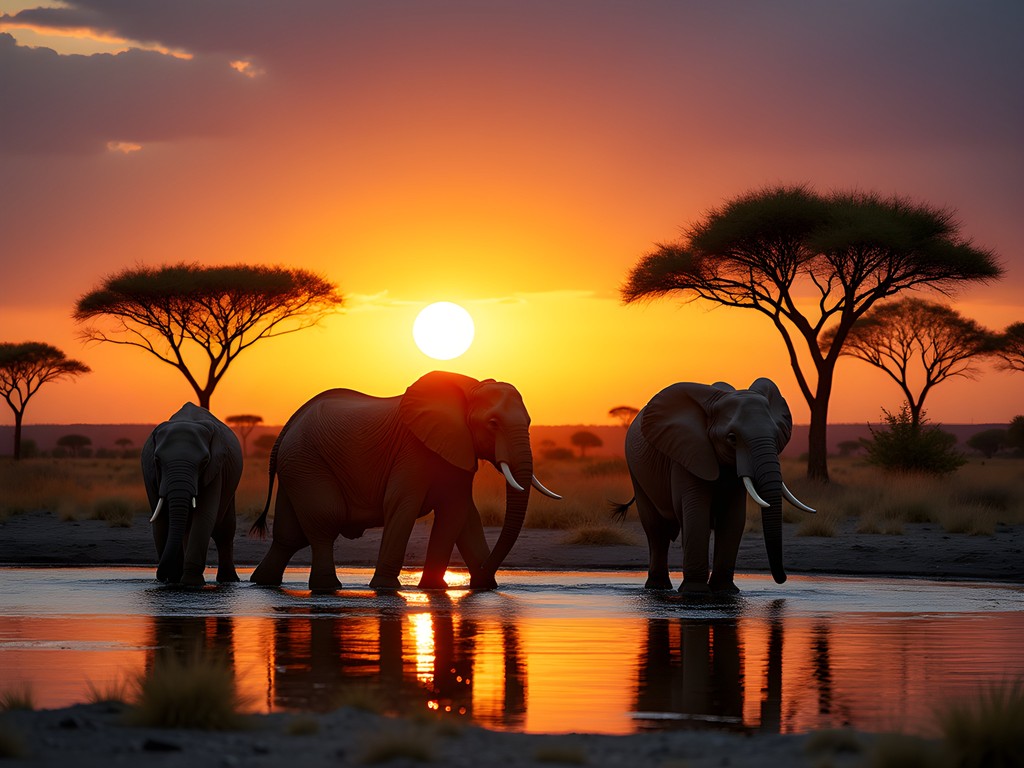
💡 Pro Tips
- Book accommodations at least 6 months in advance for family rooms or adjoining units
- Bring binoculars for each family member, including kid-sized ones
- Plan game drives around kids' attention spans - 2-3 hours max before a break
Where to Stay: Family-Friendly Accommodations in and around Etosha
After testing various accommodation options during three separate visits, I've found that a mix of national park restcamps and private lodges provides the optimal family experience.
Inside the Park: Namibia Wildlife Resorts operates several restcamps within Etosha's boundaries. Okaukuejo Camp offers the legendary floodlit waterhole where we spent evenings watching rhinos, elephants, and lions come to drink—all while my daughter sat comfortably on my lap enjoying hot chocolate. The family chalets, while basic, are clean and practical. Namutoni and Halali camps offer similar setups with their own unique waterhole experiences.
Just Outside the Park: For families seeking more amenities, the private lodges just outside Etosha's gates provide swimming pools, guided activities, and often more spacious family units. Mushara Lodge near the eastern Von Lindequist Gate has an excellent kids' program and dedicated family units. On the southern side, Etosha Safari Lodge offers stunning views and a child-friendly atmosphere.
During our stay, I kept our portable power bank constantly charged—essential for keeping cameras and devices ready for unexpected wildlife sightings. And don't underestimate the value of a good kids headlamp for nighttime waterhole visits!
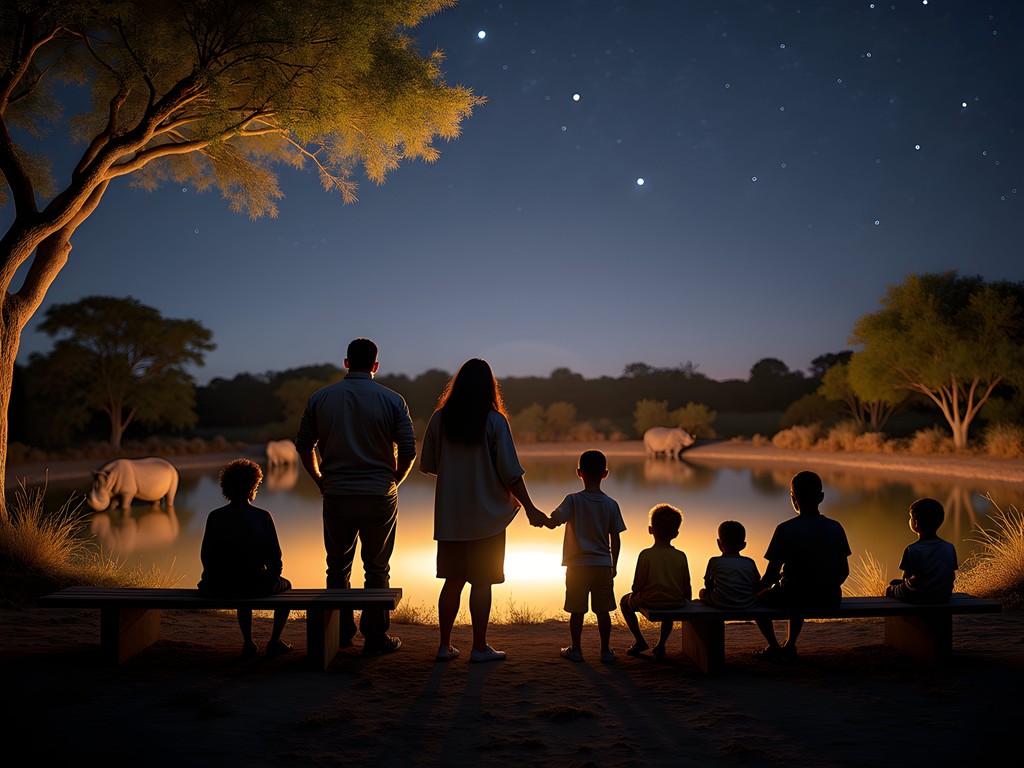
💡 Pro Tips
- Request rooms close to the waterhole at Okaukuejo if staying there
- Pack swimming gear regardless of season - pools are a perfect afternoon activity between game drives
- Bring games and activities for downtime at the camps
Safari Activities That Keep Kids Engaged
Maintaining children's interest during safaris requires strategy—something I've learned through both research and firsthand experience. The key is balancing wildlife viewing with interactive activities that connect kids to their surroundings.
Wildlife Bingo: Before arriving, I created custom Etosha wildlife bingo cards featuring animals we might encounter. This transformed potentially tedious drives into exciting scavenger hunts. My daughter's excitement when spotting her first giraffe to complete a row was priceless!
Junior Ranger Programs: Several lodges offer structured kids' programs where children learn tracking skills, identify animal footprints, and earn 'certificates' upon completion. The Mushara Bush Camp's program was particularly impressive, with age-appropriate conservation activities.
Photography Projects: Even young children can participate in safari photography. We gave our daughter a durable kids camera to document her own wildlife sightings. Reviewing her photos each evening became a cherished ritual where she'd narrate her discoveries.
Waterhole Stakeouts: Rather than spending entire days driving, we balanced game drives with relaxed sessions at camp waterholes. The Okaukuejo waterhole has comfortable seating where kids can move around a bit while still observing animals. Bring a spotting scope to bring distant wildlife up close—my daughter was mesmerized when she could see the texture of an elephant's skin.
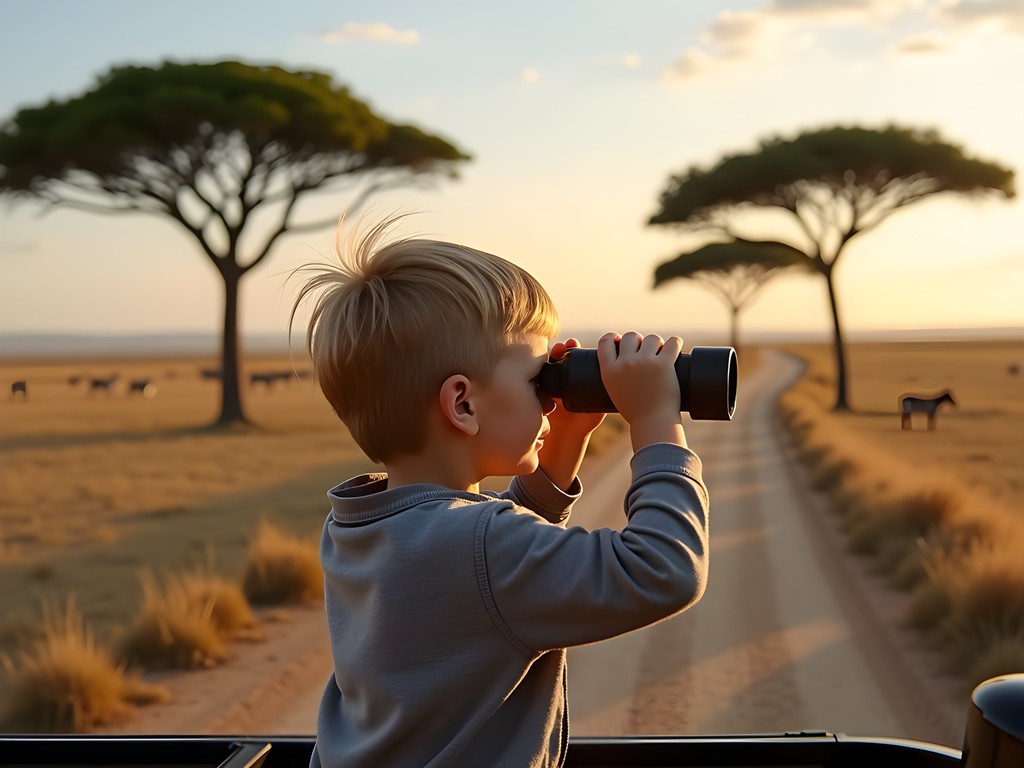
💡 Pro Tips
- Create a simple field journal for kids to draw animals they spot
- Schedule downtime at camp during midday heat when wildlife is less active
- Pack high-quality binoculars with lower magnification (7x or 8x) for steadier viewing by children
Conservation Education: Making the Experience Meaningful
As a medical researcher focused on environmental health, I believe family safaris should balance entertainment with education. Etosha presents a perfect opportunity to introduce children to conservation concepts in an engaging context.
Before Your Trip: We read age-appropriate books about African wildlife and watched documentaries featuring Namibian ecosystems. The National Geographic Kids Ultimate Explorer Field Guide became our constant companion, with my daughter adding her own notes and drawings.
During Game Drives: I found that framing wildlife viewing as 'animal detective work' captured my daughter's imagination. We discussed how each species adapts to Etosha's harsh environment—from the oryx's ability to survive without water to the societal structure of elephant herds. These conversations sparked curiosity rather than feeling like lessons.
Conservation Challenges: Etosha faces real conservation issues including drought, poaching, and habitat management. With older children, these can become thoughtful discussions about environmental stewardship. The park's excellent interpretive center at Okaukuejo provides accessible information about ongoing conservation efforts.
Giving Back: Consider participating in 'citizen science' projects during your visit. The wildlife identification app allows families to contribute wildlife sightings to global databases used by researchers. My daughter took immense pride in knowing her zebra photos might help scientists.
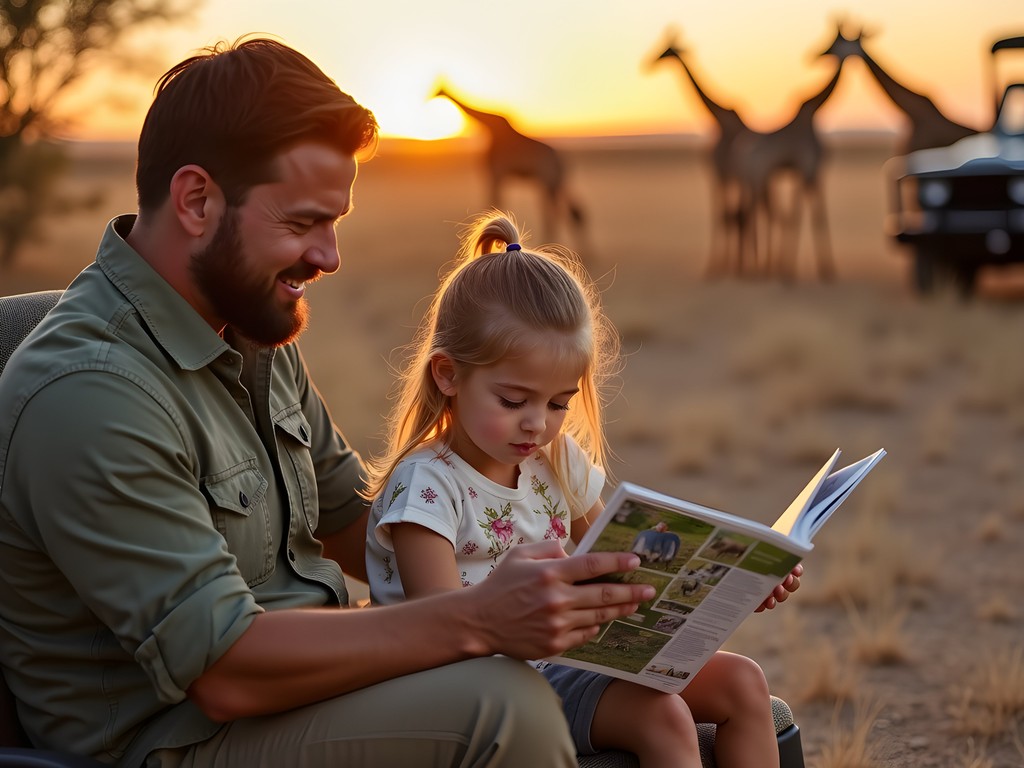
💡 Pro Tips
- Visit the Okaukuejo research center to learn about ongoing conservation projects
- Discuss the water cycle and drought while observing animals at waterholes
- Create a family pledge about conservation actions you'll take at home inspired by your Etosha experience
Practical Safari Packing for Families
After three Etosha trips—the first admittedly overpacked and the latest perfectly streamlined—I've refined the essential family safari packing list. The key is versatile items that serve multiple purposes in Etosha's variable climate.
Clothing: Pack layers! Mornings start cold (especially June-August), but afternoons warm considerably. We dressed our daughter in convertible kids safari pants that zip off into shorts. Everyone needs a warm jacket for morning drives and evenings. Neutral colors (khaki, olive, tan) aren't just for looking safari-chic—they actually prevent you from scaring away wildlife.
Sun Protection: Namibia's sun is intense year-round. Wide-brimmed hats, reef-safe sunscreen, and UV-protective sunglasses are non-negotiable for all family members. I also packed UPF shirts for extra protection during midday activities.
Wildlife Viewing Gear: Quality binoculars make all the difference—we brought one adult pair and kid-specific binoculars with lower magnification and easier focusing. Our spotting scope was worth its weight for waterhole sessions. Don't forget a good camera with zoom capability; the bridge camera offers excellent zoom without requiring multiple lenses.
Health & Safety: Beyond standard first aid supplies, pack rehydration sachets, hand sanitizer, and insect repellent (though bugs are minimal during dry season). We also brought a small medical kit with prescription medications and remedies for common travel ailments.

💡 Pro Tips
- Pack clothing in packing cubes to stay organized during frequent camp changes
- Bring a small backpack for each child with their own binoculars, water bottle, and activities
- Include a headlamp for each family member for nighttime waterhole visits
Final Thoughts
Our week in Etosha transformed my daughter's understanding of wildlife in ways no book or documentary could match. Watching her eyes light up as a tower of giraffes crossed the road or hearing her explain to another child why rhinos have horns—these moments validated my belief that experiential education creates the deepest impact. As a researcher, I'm fascinated by how direct encounters with nature shape environmental consciousness in children.
Etosha offers families a rare combination of accessibility and authentic wilderness. The infrastructure supports comfortable travel with children while preserving the spontaneity and wonder of true safari experiences. Whether you're watching a lion pride through binoculars or identifying bird species at a waterhole, these shared discoveries forge connections—to nature and to each other—that endure long after you've returned home.
As you plan your own Etosha adventure, remember that flexibility is key. Some days will bring spectacular wildlife encounters; others might be quieter. But in the patient moments between sightings, in the questions your children ask, and in the golden light of the savanna, you'll find the true value of this journey. The conservation lessons they absorb today may shape how they view our planet tomorrow—and there's no more meaningful souvenir than that.
✨ Key Takeaways
- Visit during the dry season (May-October) for optimal wildlife viewing with kids
- Balance structured game drives with downtime at camp waterholes
- Incorporate age-appropriate conservation education to deepen the experience
- Stay within the park at least part of your trip for early morning and night wildlife viewing
- Pack strategically with layers, sun protection, and wildlife viewing gear
📋 Practical Information
Best Time to Visit
May to October (dry season), with May/September offering fewer crowds
Budget Estimate
$3,000-$5,000 for a family of four for one week, including accommodations, vehicle rental, park fees, and meals
Recommended Duration
5-7 days minimum to explore different sections of the park
Difficulty Level
Moderate - Accessible But Requires Planning And Patience With Children
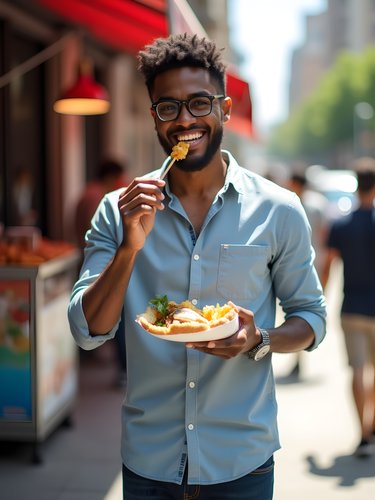

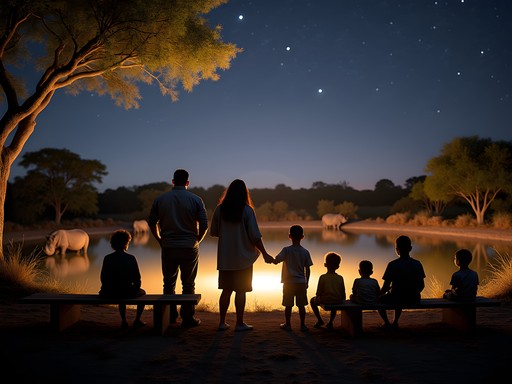
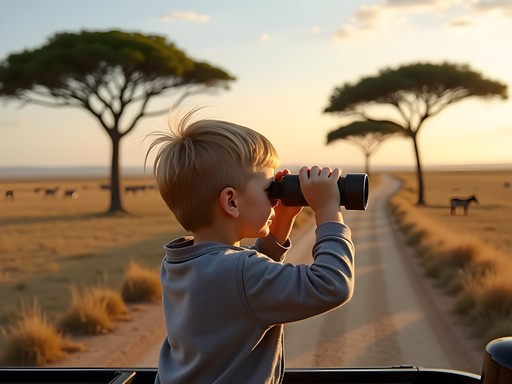
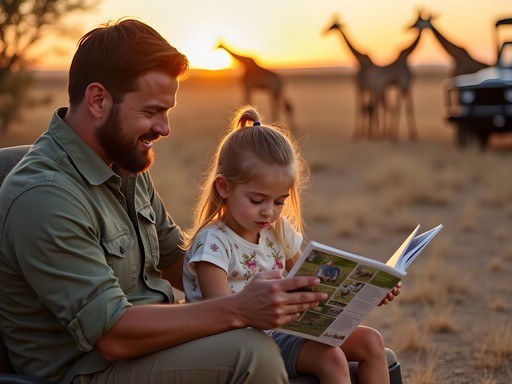
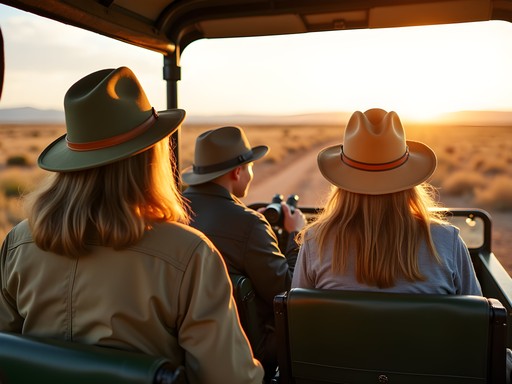


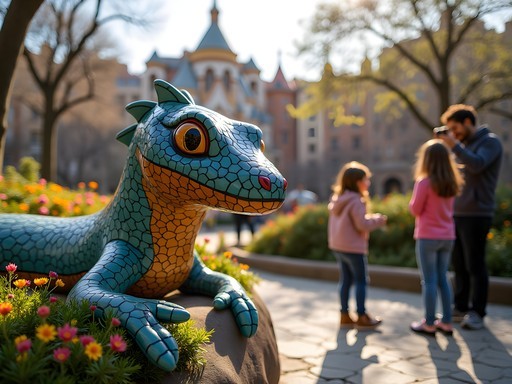
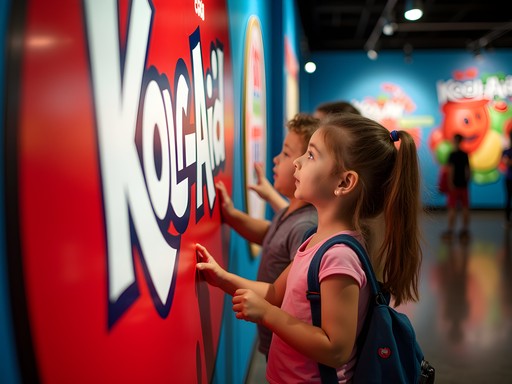
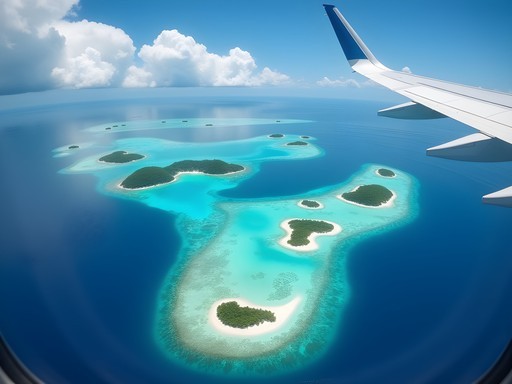
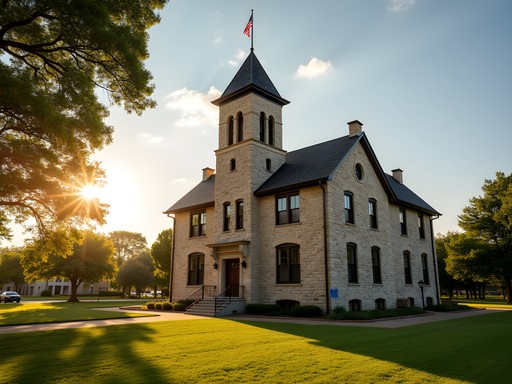




Comments
Savannah Walker
Wesley, this brought back such memories! I took my nephew (10) to Etosha in 2024, and that moment when he first spotted giraffes in the wild - pure magic. His little face just transformed. One thing I'd add for families: the Etosha Ecological Institute sometimes runs kid-friendly workshops if you book ahead. My nephew got to help researchers check camera traps and learned about tracking. It became his favorite day of the entire trip. For families worried about malaria, we visited in July (dry season) and didn't see a single mosquito at Okaukuejo. The watering holes were PACKED with animals then because water was scarce elsewhere. Definitely the best time for guaranteed sightings with impatient kids! And that moment you described with your daughter seeing elephants on the horizon? Those are the experiences that shape a child's worldview forever. No classroom could ever compete.
FamilyExplorer
How many days would you recommend for Etosha with kids? Is 3 days enough or should we plan for more?
Wesley Lane
I'd recommend at least 4 days if possible. This gives you time to visit different sections of the park without rushing, and allows for some downtime at your accommodation (important with kids!). The east and west sides of Etosha offer quite different landscapes and wildlife viewing opportunities.
FamilyExplorer
Perfect, thanks! We'll extend our booking to 5 days to be safe.
wildstar
Just got back from Etosha with our twins (11yo) and can confirm Mushara Lodge is worth the splurge for families. The pool saved us during midday breaks and their junior ranger program kept the kids engaged. One thing to add - the dust is REAL. If anyone in your family has allergies or asthma, bring appropriate meds. Our daughter struggled the first day until we got her mask and allergy pills sorted. Still, seeing a pride of lions at the waterhole made any discomfort worthwhile!
Casey Andersson
Just got back from Etosha myself and I'm still processing the experience! Wesley, your section about conservation education really resonated with me. I watched a ranger at Halali Camp give an impromptu lesson to a group of kids about tracking animals, and the children were absolutely captivated. One thing I'd add for families - the Mushara Bush Camp just outside the eastern gate was exceptionally kid-friendly. They have a special children's program where kids learn to identify animal tracks and make plaster casts. The staff there went above and beyond to create meaningful experiences for the younger travelers. Also, the dry season (June-October) definitely delivered with constant wildlife sightings around waterholes, just as you mentioned in your timing section. The contrast of dusty white pan against blue sky is something I'll never forget!
Wesley Lane
Thanks for the Mushara Bush Camp recommendation, Casey! I've heard great things but haven't stayed there with kids yet. Adding it to the list for our next visit. Those plaster cast activities sound perfect for keeping the education going even during downtime at camp.
smartbuddy
How did your kids handle the long drives between waterholes? Mine get antsy after 30 minutes in the car. Any tips for keeping them patient?
Wesley Lane
Great question! We played 'wildlife bingo' with homemade cards, had binoculars for each kid, and scheduled regular stops at the viewpoints where they could get out safely. Also, setting expectations is key - we explained beforehand that patience leads to amazing sightings!
safari_dave
Great post! Those elephant photos are incredible.
beachguide
Those elephant photos are AMAZING! Did you use a special lens? My camera never captures wildlife that well!
hikingclimber
We did Etosha with our 6 and 8 year old boys last year and it was incredible! One tip: we brought a special wildlife spotting notebook for each kid with animal checklists they could mark off. Turned the drives into exciting treasure hunts rather than just sitting in the car. Namutoni was our favorite camp - fewer people and the fort structure fascinated the kids. The night drives were worth every penny though - seeing hyenas and a leopard was the highlight for all of us.
explorequeen7190
Love the notebook idea! Definitely stealing that for our trip.
hikingclimber
Go for it! We used wildlife journal which has spaces for drawings too. Kept them busy during downtime at camp.
Jean Wells
Excellent guide, Wesley. I visited Etosha last year (solo trip) and can confirm that Okaukuejo Camp offers the best waterhole viewing. While I didn't have children with me, I observed many families making good use of the raised viewing platforms which kept the little ones engaged without restricting movement. One observation: the article doesn't mention the significant temperature variations. For families, I'd recommend packing layers - mornings can be surprisingly chilly even when afternoons reach 30°C+. The conservation education section is particularly valuable - the rangers at Halali Camp were exceptional at explaining ecosystem concepts in child-friendly terms.
Wesley Lane
Thanks Jean! Great point about the temperature variations - we definitely had to layer up for those early morning drives. The rangers truly are amazing with kids.
explorequeen7190
This is perfect timing! Taking my kids (7 and 9) to Etosha this December. Bookmarking!
Venture X
Premium card with 2X miles, $300 travel credit, Priority Pass